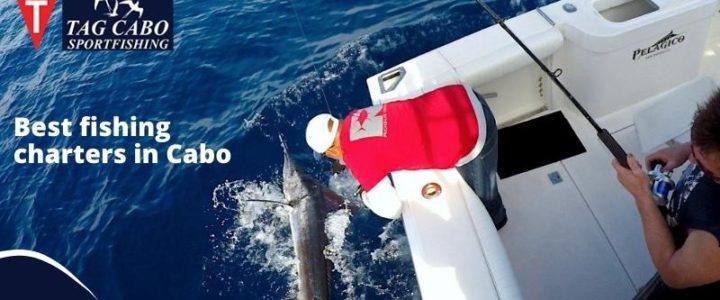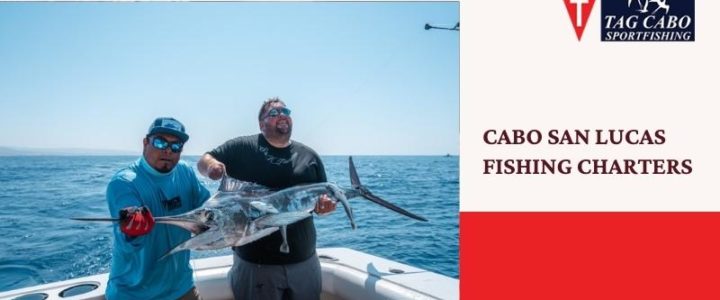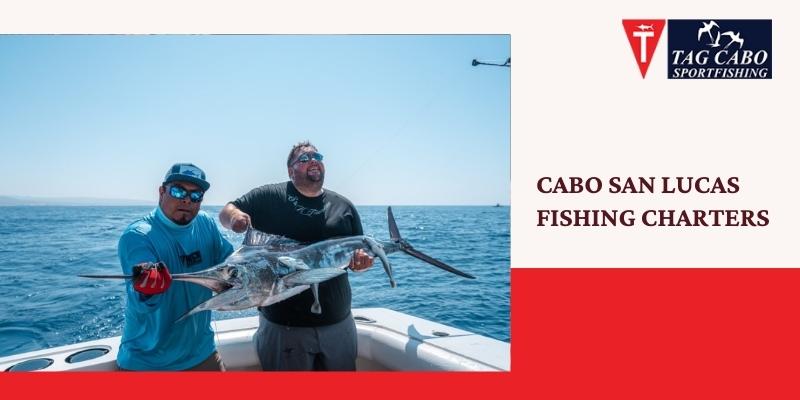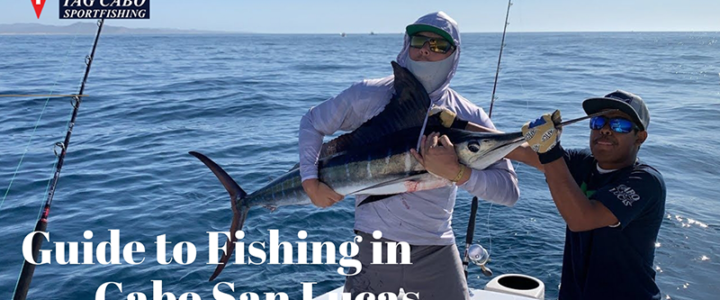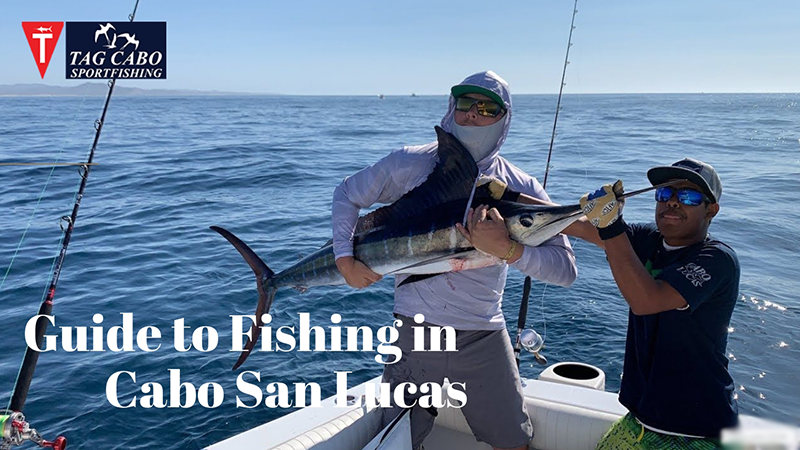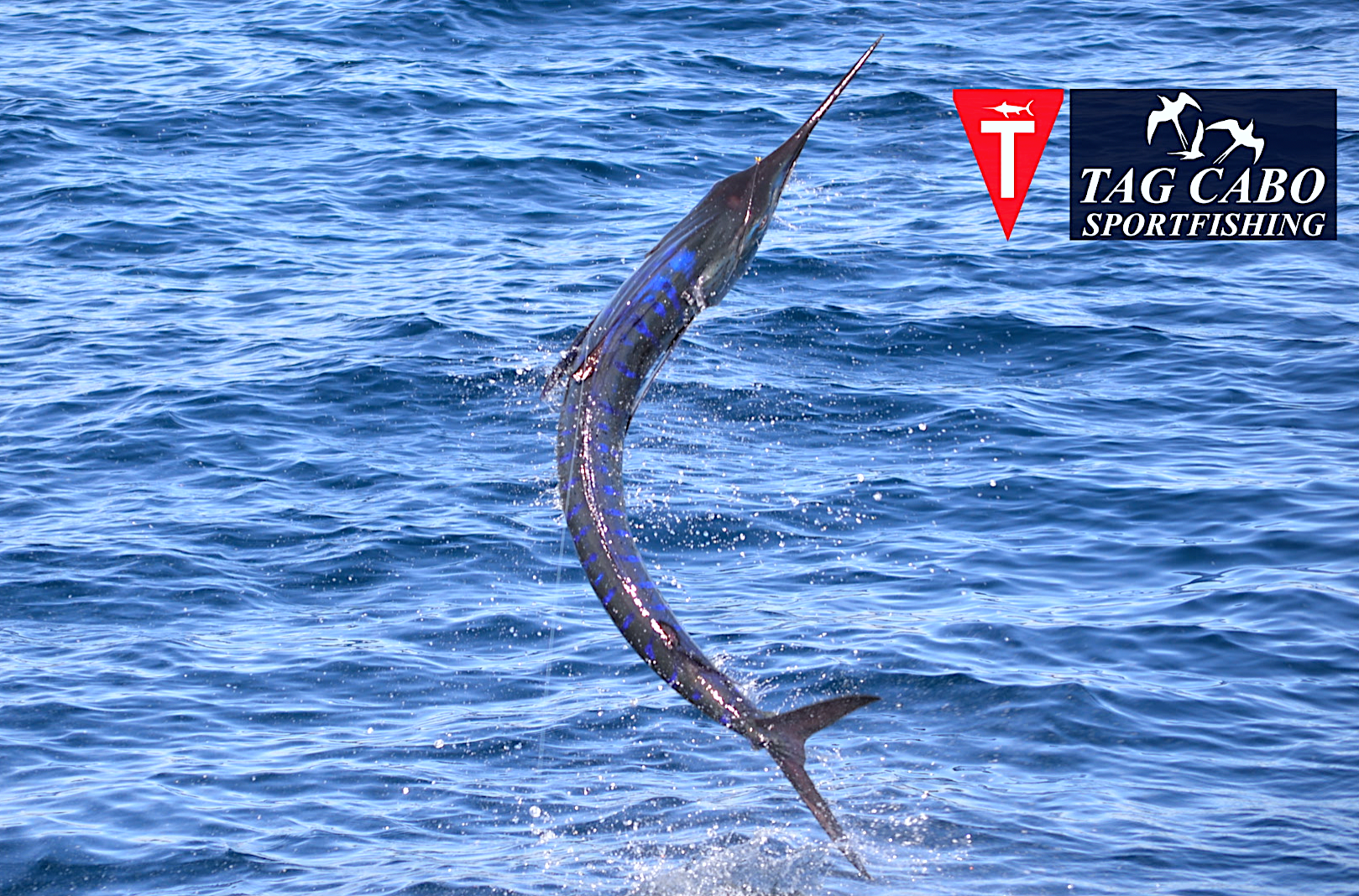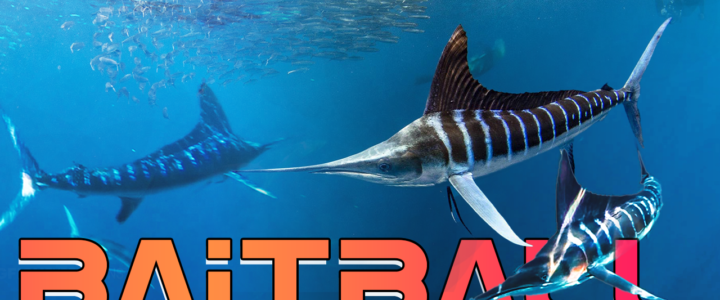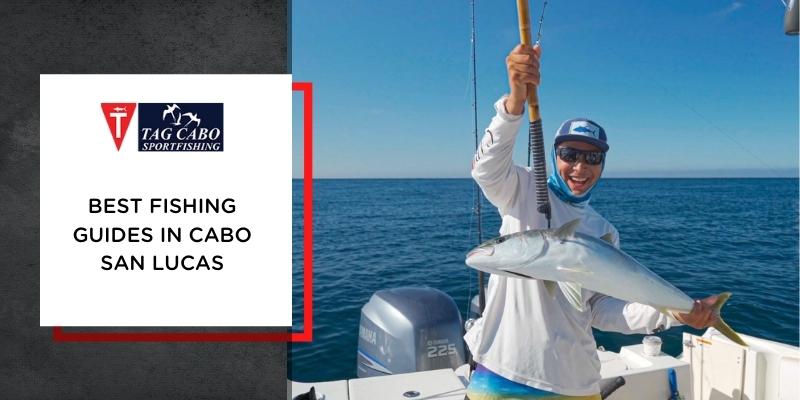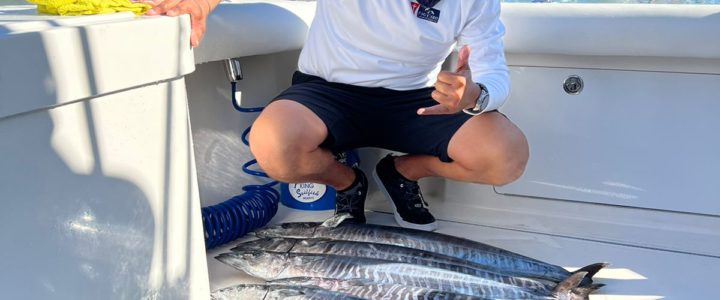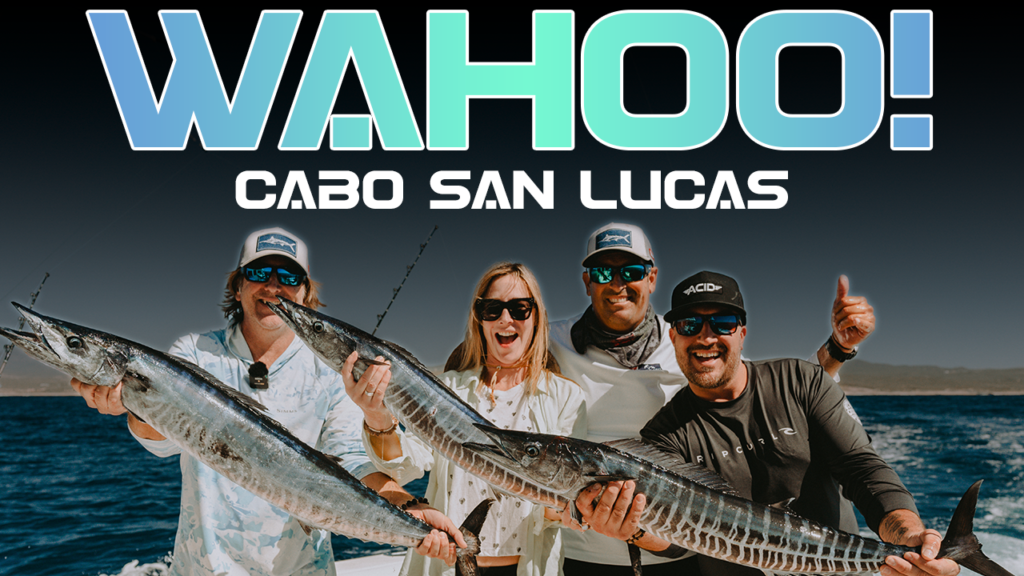It’s not always easy to catch fish. You’ll need the appropriate circumstances, as well as the right combination of patience, expertise & skill. Having a little luck never hurts either. However, you can’t make a fish bite. The right equipment & tackle are necessary for catching the big one. If you are vacationing in Cabo San Lucas and have yet to go fishing, opt for Cabo fishing charters.
DOES THE QUALITY OF A FISHING ROD MATTER?
The basis of your entire fishing setup is a decent fishing rod. Quality is important, but so is choosing the correct rod. You can’t throw an old Bass rod & expect to catch a Marlin, just like you wouldn’t drive an SUV to NASCAR.
With so many different varieties of fishing poles to pick from, how do you know which one is suitable for you? That is just what you will discover today.
A fishing rod is amongst the most important (and obvious) items on any angler’s kit list. These poles assist anglers in getting their baits & hooks into the water, mostly with precision, distance, and power.
However, not all rods are equal & certain types of rods are better suited to specific types of anglers. With these pointers in mind, you’ll be well on the journey to selecting the best fishing rod in your next outing on the water.
If you want to rent a charter for fishing, or you want to learn the basics of fishing rods, go for Cabo San Lucas fishing charters.
COMPONENTS OF A FISHING ROD
You should understand the main elements of the fishing rod before deciding on the length and type you want. These parts are essentially universal, with just minor variations depending on the type of fishing rod.
When it comes to sailing and angling, no other charter company can give you a better time out in the deep blue than Cabo San Lucas fishing charters.
HANDLE
The handle, which starts at the bottom of the fishing rod, is where you will naturally hold the pole. Handles are often composed of cork / EVA foam for just a pleasant, long-lasting grip, and they come in a variety of lengths. Longer handles are generally better for long casting since they let you use both hands to carry greater weight.
Anglers that want to make smaller casts, cast by one hand, or learn the skill of roll casting will benefit from shorter handles. Anglers should also search for split grip or pistol grip handles.
These are popular among bass fishermen and can help keep the main rod weight under control for shorter casts using lighter baits.
REEL SEAT
The reel seat can be found as you move up the rod. This is where you set up your reel by slipping the reel foot into the collar and tightening them to prevent any play or wobble. Make sure you learn to choose a good fishing reel such that your entire angling setup is solid.
THE BLANK & GUIDES
The blank is the main shaft section of your fishing rod. The instructions, which are the circular bits that the fishing line is looped through for additional control, run along with the blank. The guides are linked to the rod’s windings and are composed of plastic, metal, or ceramic materials.
On casting-style rods, the guides are located on the top (facing the sky). On spinning rods, the instructions are on the bottom. The tip of your rod, which is also the thinnest & most flexible part of the rod, is the final guidance in the sequence.
FERRULES
You’ll have two ferrules if the rod is collapsible: one male & one female. This is where the rod will join together so that you can use it properly. Make sure the guidelines line up when joining the two sections so that the line does have a straight plane of motion.
If you want to go fishing on your trip, Cabo fishing charters will take care of everything so you can relax and have fun on your trip.
HOW TO SELECT ROD LENGTH
You can start determining which pole best suits your fishing technique. Now that you understand all the basic elements and sections of your fishing rod, you should be able to pick your own fishing rod. Rod length refers to the distance between the end of the handle and the tip of your rod. The quality of your casting depends on it.
Cabo San Lucas fishing charters provide you best charters and fishing rods for a fun fishing experience.
Smaller fishing rods cast shorter distances, whereas longer fishing rods cast longer distances. However, each variety serves a certain purpose. Anglers can gain from employing a shorter fishing pole in instances where close contact is required.
Shorter lengths are also more bendable than lengthier options, which can benefit when fighting fish. Long fishing rods excel at casting long distances, which makes them ideal for reaching more water & fishing deeper.
Normally, fishing rods range from six to twelve feet in length. Therefore, consider the kind of angling you plan to conduct, the species you’re pursuing, and your fishing area when choosing a length. Beginner anglers should aim for a length of around 7 feet. As novices fine-tune their skills, this size may help them to have a balanced quantity of casting distance & accuracy.
ROD MATERIALS TYPES
Fishing rods can be made of graphite or fiberglass. Because of their rigidity and fighting abilities, advanced fisherman chooses graphite rods. They can detect bites much more easily due to their sensitivity. However, keep in mind that graphite is more fragile than other materials.
Fiberglass is a more durable material for fishermen. However, the extra strength comes at the cost of added weight. The longevity of fiberglass rods & their low maintenance requirements make them ideal for beginning anglers. Anglers pursuing larger, more violent species such as muskellunge and pike use fiberglass.
Composite variants that blend fiberglass and graphite are also available. This combo can complement your style if you are a fisherman who prefers one rod for numerous conditions.
To identify which resource can be an addition to your fishing talents, consider your level of skill and preferred fishing tactics.
Cabo fishing charters are here to provide you with experience & pieces of equipment for a fun fishing trip.
HOW TO CHOOSE THE CORRECT ROD POWER?
Power is a rod’s capacity to bear pressure, which is directly connected to rod action. Larger fish require heavier rods, whereas smaller fish require lighter rods.
Using the same rationale, use heavier lines for heavier rods and lighter lines with lighter rods. There’s some wiggle room here, but you should try to stick to the markings on the rod blank as closely as possible. The line may snap if you use a hefty rod. A line that is too hefty may cause the rod to break.
Please remember that a strong offshore rod & a strong Bass rod are not the same things. One could be classified for a 25-pound line, while the other could be rated for an 80-pound line.
CONCLUSION
It’s not easy to know how to pick a fishing rod. There’s a lot to think about, especially if this is your first time buying one. The best part is that knowing what you want to do with your rod will save you a lot of guessing. The rest, we think, has been clarified by this article.
Have you been planning to go fishing? Here at Tag Cabo Sportfishing, we will help you understand the basics of fishing rods so that you will have a fun experience while fishing. Tag Cabo Sport Fishing not only helps you find the best spot for fishing but also helps in making your fishing experience more fun. In case you need any help, please mail us at tagsportfishing@gmail.com.

